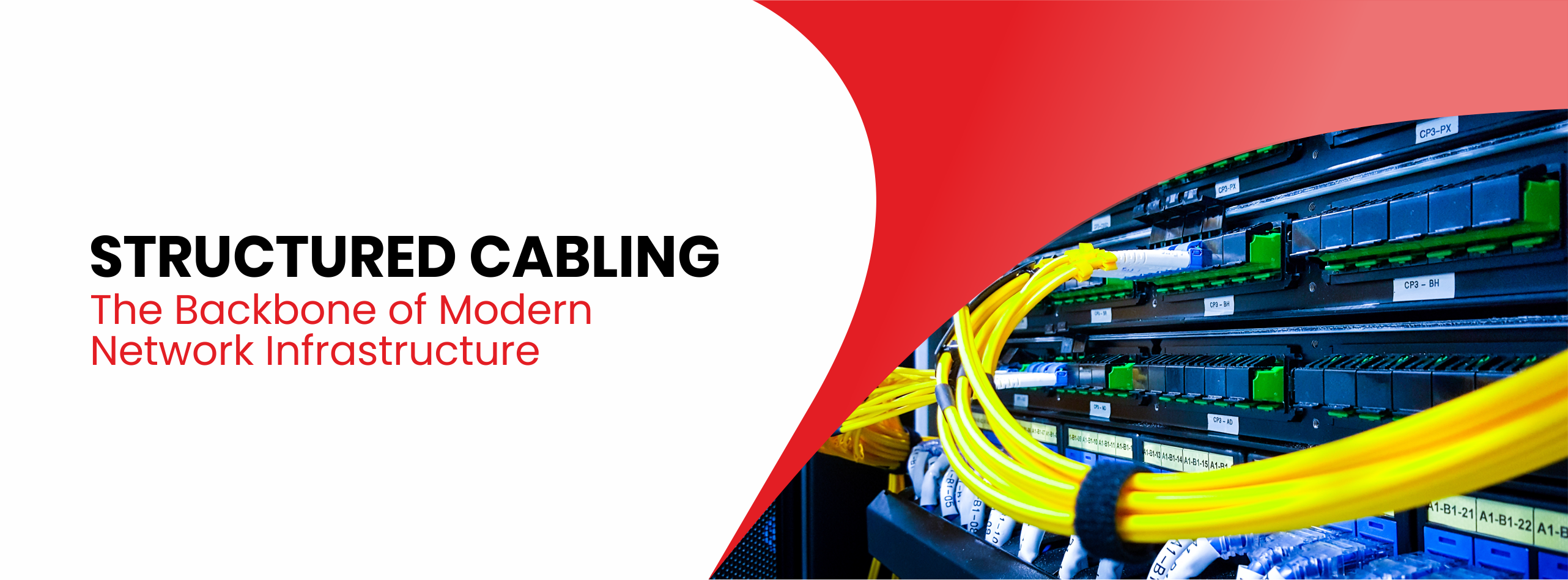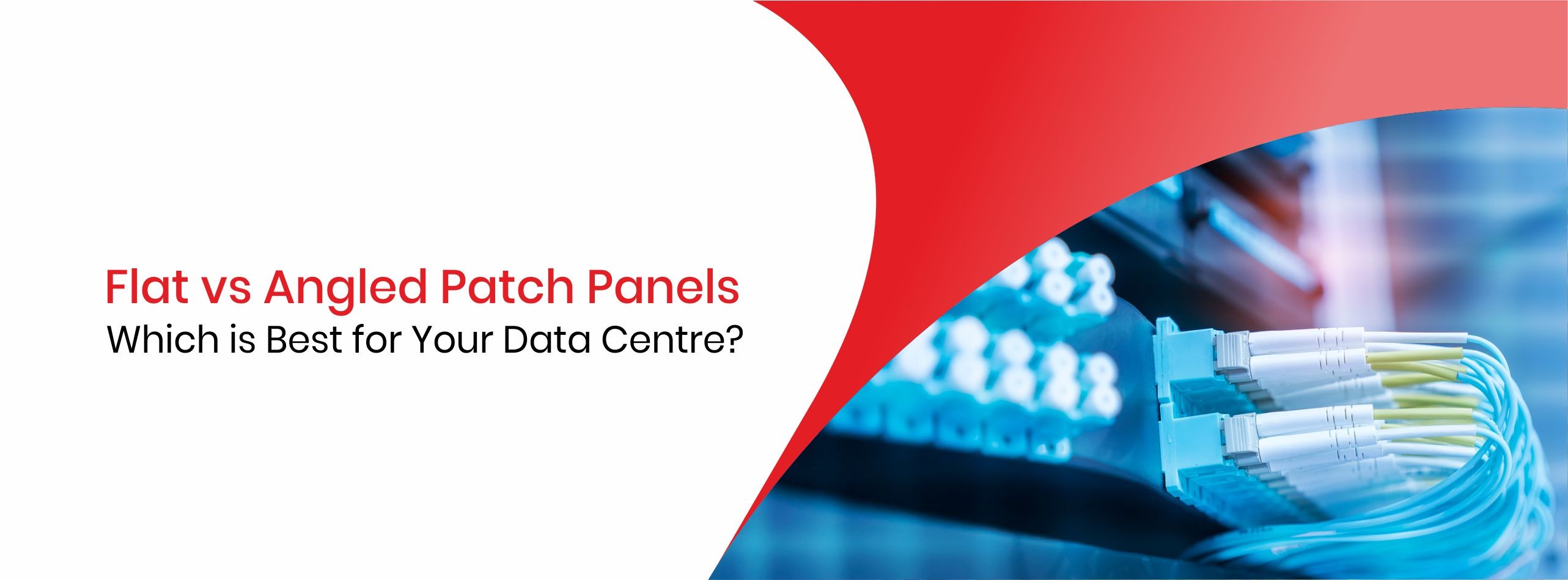Fill out your details and our executive will get in touch with you soon.











































































































































In an era defined by rapid digital
transformation, reliable network infrastructure is the key to operational
efficiency, communication, and scalability. At the core of this infrastructure
lies structured cabling, which is
more than just a collection of wires—it is the foundation of seamless,
high-performance networks that power businesses today.
Whether it’s a corporate office, a
data centre, or an industrial facility, structured cabling is essential for
maintaining a robust and flexible communication system.
Structured cabling refers to a
standardized approach to designing and installing a system of cables and
related hardware. This system supports the continuous flow of data, voice,
video, and other signals, ensuring seamless communication between devices across
an organization. Unlike traditional point-to-point cabling, structured cabling
follows a systematic design that enables future upgrades and expansions without
requiring an entire system overhaul.
●
Horizontal Cabling: These cables connect
the telecommunications room to individual workstations, creating the main path
for data to travel within a single floor or area.
●
Vertical Cabling (Backbone Cabling):
This system connects different floors or areas within a building, providing a
central pathway for data transmission between various sections of the
organization.
●
Telecommunications Rooms: These
centralized spaces house networking equipment like routers, switches, and
servers, facilitating smooth data transmission across the network.
●
Work Area Components: These include
outlets, connectors, and adapters that enable devices like computers, phones,
and printers to connect to the structured cabling system.
●
Cable Management: Structured cabling
systems utilize designated pathways and supports for cables, ensuring that
everything is neatly organized and accessible. Proper cable management not only
improves performance but also makes troubleshooting easier.
As businesses integrate more advanced
technologies like 5G, IoT (Internet of Things), and AI-driven applications, the
demands on network infrastructure will only grow. Structured cabling ensures
that your network can handle these increased demands, providing the bandwidth
and reliability needed to support modern digital tools. Whether it's enabling
smart building systems, supporting cloud-based operations, or managing
large-scale data analytics, structured cabling is a future-proof solution for
the modern enterprise.
Structured cabling is more than a
smart investment—it's a critical foundation for the future of your business. By
implementing a robust structured cabling system, companies can ensure faster
data transmission, increased flexibility, and long-term cost savings. As
digitalization continues to transform industries, having a solid network
infrastructure in place will be key to staying competitive and operationally
efficient.
At Norden Communication, we specialise in designing and installing
scalable, high-performance structured cabling systems that meet the specific
needs of your business.
Ready to future-proof your network?
Contact us today to learn more.

















